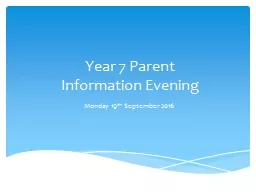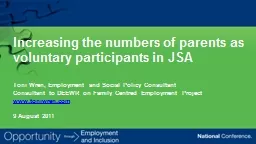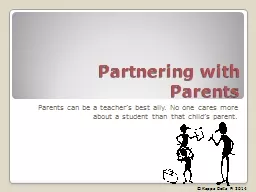PPT-WORKING WITH PARENTS AND FAMILIES TO SUPPORT
Author : yoshiko-marsland | Published Date : 2015-11-15
Tell me and Ill forget Show me and I may not remember Involve me and Ill understand Native American saying Fail to involve parents and communities in the Core Standards
Presentation Embed Code
Download Presentation
Download Presentation The PPT/PDF document "WORKING WITH PARENTS AND FAMILIES ..." is the property of its rightful owner. Permission is granted to download and print the materials on this website for personal, non-commercial use only, and to display it on your personal computer provided you do not modify the materials and that you retain all copyright notices contained in the materials. By downloading content from our website, you accept the terms of this agreement.
WORKING WITH PARENTS AND FAMILIES TO SUPPORT: Transcript
Download Rules Of Document
"WORKING WITH PARENTS AND FAMILIES TO SUPPORT"The content belongs to its owner. You may download and print it for personal use, without modification, and keep all copyright notices. By downloading, you agree to these terms.
Related Documents














